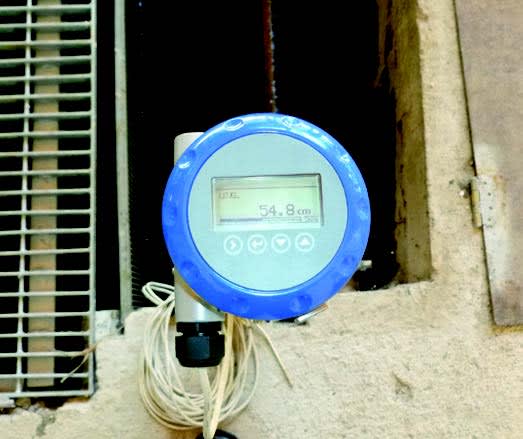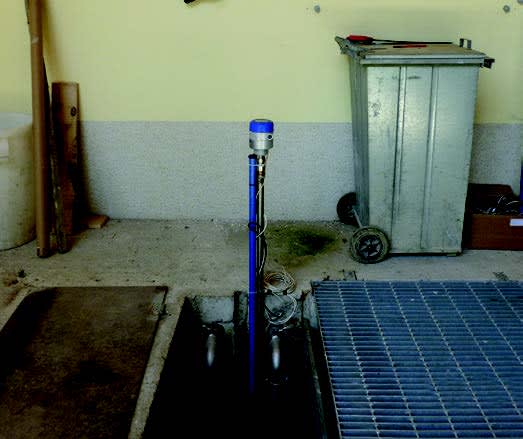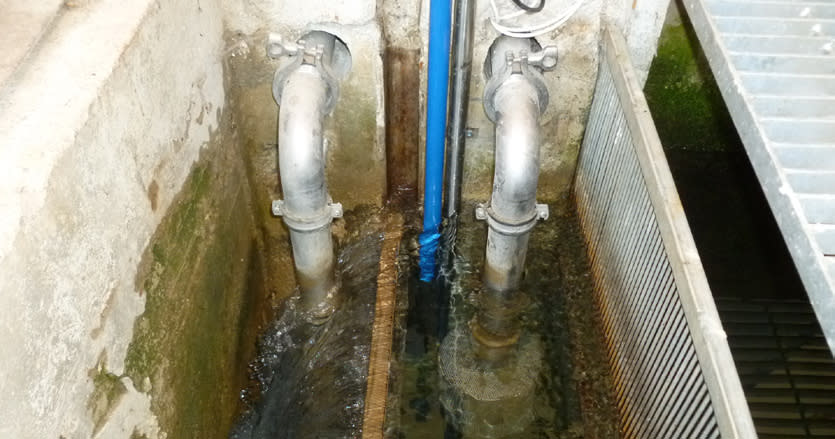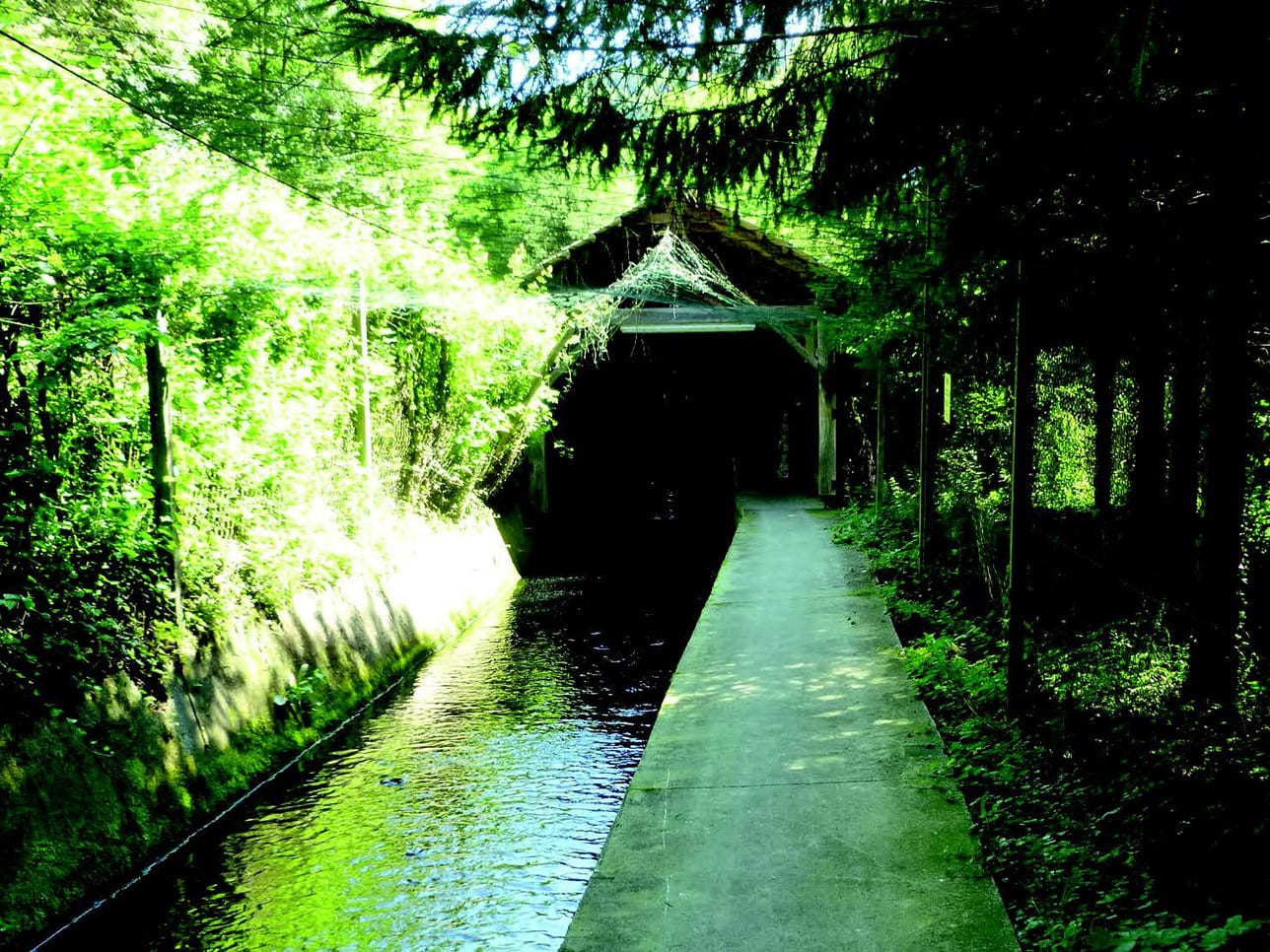Measuring dissolved oxygen and level at fish farm
Application Report | Water & Wastewater
- Raising of food fish (40 t) in water channel
- Optical analysis of dissolved oxygen content in the river water supply
- Continuous control of water level

Background
Ribogojstvo Goričar runs a fish farm in Podbočje, Slovenia, where food fish is raised commercially in a channel supplied with water by an adjacent river. The fish farm is separated into various basins with a total fish stock of 40 tons. It takes two years of growing until the fish is ready to be harvested and sold on the domestic fish market.
Measurement requirements
Preserving the fish stock and keeping the quality of the fish as high as possible depends considerably on a constant amount of dissolved oxygen (O2) in the water of the fish-raising channel. The amount of dissolved oxygen changes every season and can vary from an optimum 7-8 mg/l in summer to a maximum 10 mg/l in winter. If the amount of dissolved oxygen sinks below a critical limit of 4-5 mg/l due to leaks or water pollution, a fish die-off can occur within minutes. To prevent a total loss of the fish stock through oxygen shortage, Ribogojstvo Goričar has so far calculated the amount of oxygen by rule of thumb, regulating the oxygen supply manually. The fish farm operator also used to control the water level with an ultrasonic level meter which, however, produced false measuring results. Therefore, the fish farmer was looking for a technical solution to be able to automatically measure the dissolved O2 and monitor the water level on a regular basis.
KROHNE Solution
The KROHNE representative recommended a combined solution consisting of the OPTISENS ODO 2000 and the OPTIFLEX 1100. The OPTISENS ODO 2000 is an optical sensor for the direct measurement of dissolved oxygen.
The analysis instrument is installed in the immersion holder SENSOFIT IMM 2000, measuring right next to the water inlet where the aquaculture is supplied with river water. Media flow is not required. The measured value of the sensor is converted into a current output of 4…20 mA and displayed by the signal converter MAC 100. As the signal converter is connected to a SCADA system, an alarm is issued immediately after the oxygen level falls below 5 mg/l. The 2-wire TDR guided radar level meter OPTIFLEX 1100 with segmented coaxial probe measures the water level in the channel and is also connected via a 4…20 mA output to the signal converter.
Customer benefits
Using the OPTISENS ODO 2000 Ribogojstvo Goričar no longer risks losing its fish stock through oxygen shortage. The fish farm operator stands to gain from a much better ability to respond. The customer can now take immediate steps to keep the concentration of oxygen above 5 mg/l, thus ensuring ideal fish raising conditions. Besides, the fish farm can be run more economically. As it is no longer necessary for the customer to regulate the oxygen content by rule of thumb, expensive oxygen capsules are only added when they are really required. The OPTISENS ODO 2000 doesn’t require recalibration and offers long-term stability. Due to its integrated spray cleaning system there is no need for manual cleaning. The replacement of the ultrasonic level meter with OPTIFLEX 1100 enabled Ribogojstvo Goričar to meet its required measuring accuracy of 5 cm. The device ensures that the fish farm never runs dry and also prevents fish from moving between basins as a result of overfilling. The combined solution means twofold safety for the fish farmer who benefits from the synergies offered by a single-source supplier.








